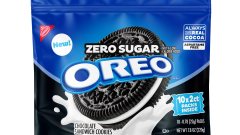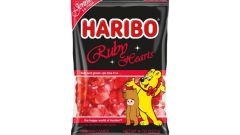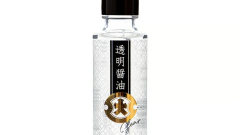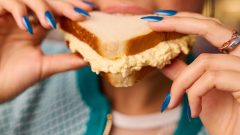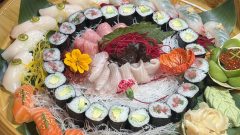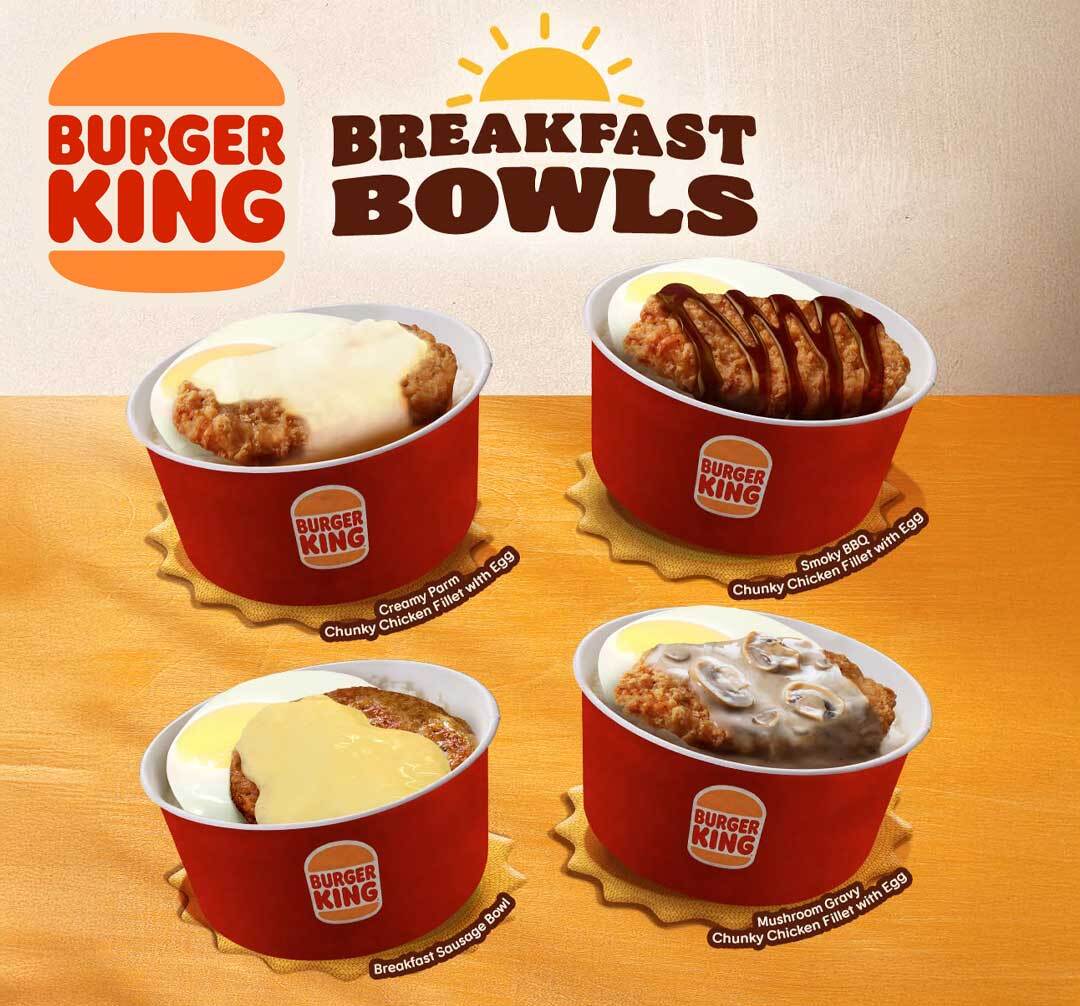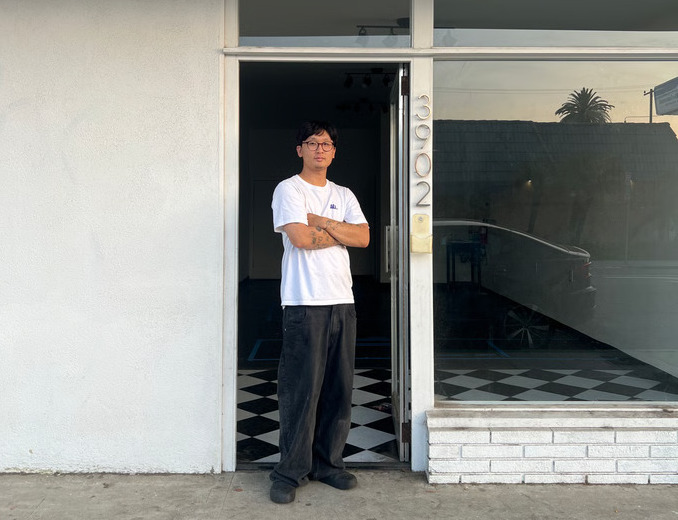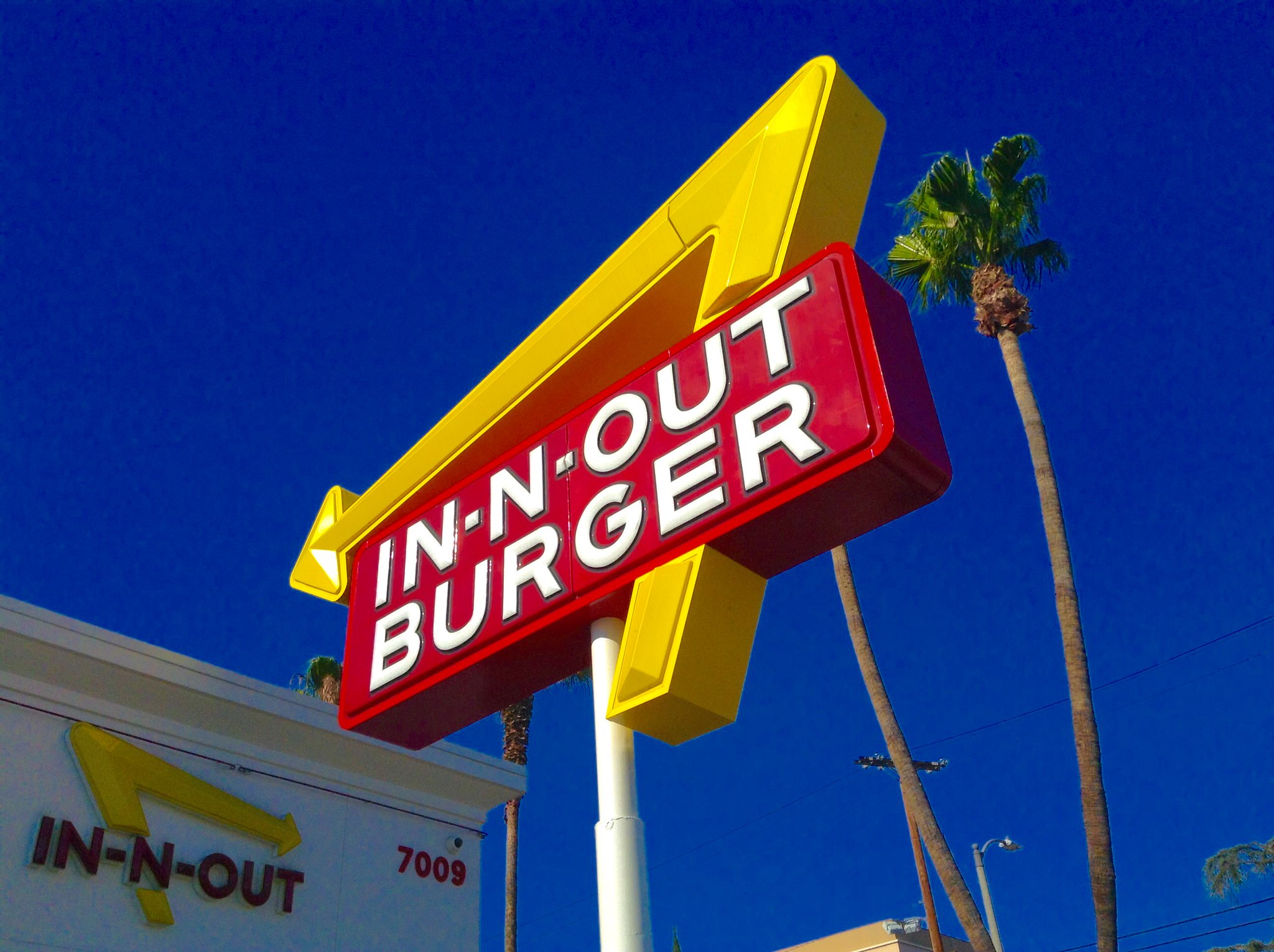The Complex, Tasty History Of The Mochi Doughnut’s Iconic Shape
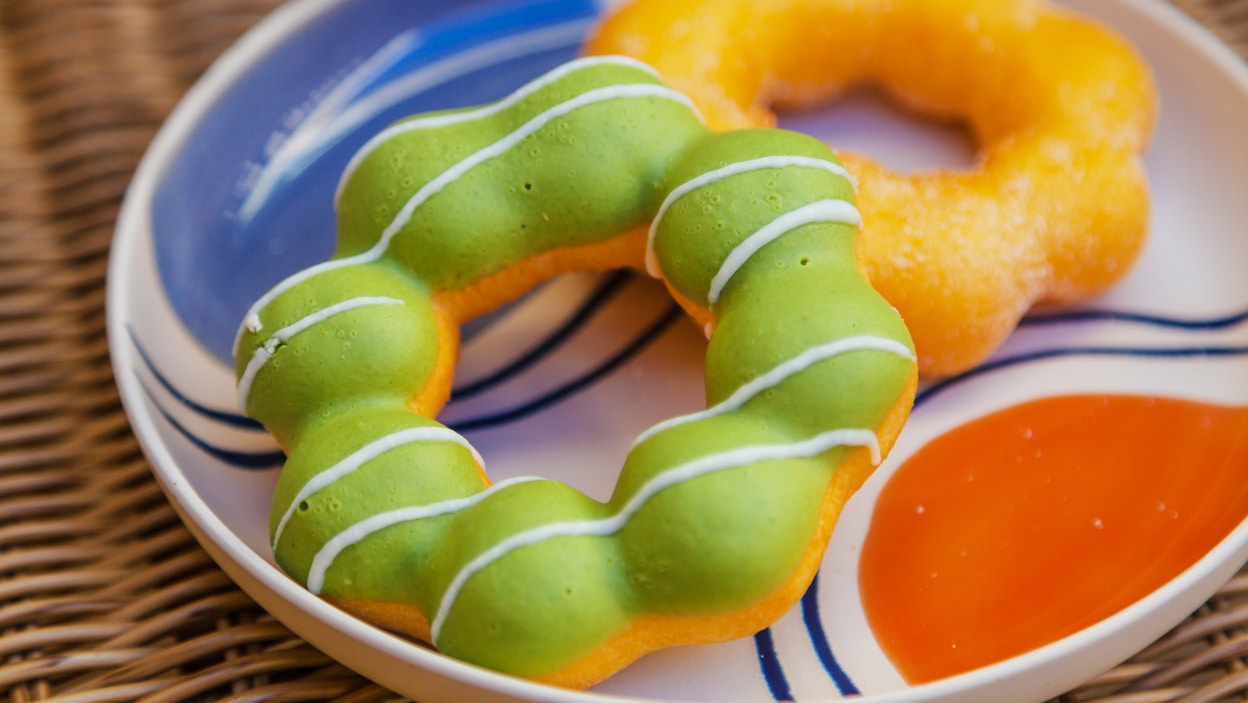
Mochi donuts are some of the most colorful and visually stunning treats you can find right now. Currently finding their way into donut shops across the country, they’re easily identifiable by colorful glazes and a shape that looks like eight donut holes interconnected into a single ring.
How exactly did mochi donuts get that shape? The answer is quite complex, and draws inspiration from Japan, Hawaii, and even Brazil, if you go back far enough.
When looking at mochi donuts, the earliest form of these fried dough treats can be traced back to poi mochi. A combination of poi (mashed taro) and mochi, this can be dated back to 1992 in Hawaii, when Waianae resident Charmaine Ocasek started frying balls of poi mochi out of her parent’s garage. Today, these can be found in the original form at a shop called Uncle Lani’s.
Mochi, of course, has a long history dating back hundreds of years in Japan. It made its way to Hawaii via plantation workers in the 1800s, and continues to be a popular treat in the original form today.
Fast forward to 2016, and Liliha Bakery, inspired by a trip to Japan and poi mochi, created a poi mochi doughnut in the iconic 8-ball ring style. The sweets immediately became a huge hit, with thousands going out the door daily, and eventually led to their spread to other locations, and even a presence in the continental US.
Liliha’s doughnut shape was inspired by Mister Donut, one of the biggest doughnut icons in Japan. This chain was actually founded in the United States in 1956 by Harry Winouker, the brother-in-law to the founder of Dunkin’ Donuts.
After spreading globally and getting locations worldwide, Dunkin’ acquired all of the shops in the US in 1990 and converted the Mister Donut spots into Dunkin’ Donuts restaurants. The name can still be found globally, however, and is known for a special style of doughnut called “Pon de Ring.”
Created in 2003, the Pon de Ring style actually draws inspiration from yet another country: Brazil. Mister Donut has stated that the donuts get their look from pao de queijio, a Brazilian cheese bread made from tapioca starch that is quite chewy and does resemble a donut hole in appearance.
Interestingly, Mister Donut’s Pon de Rings are a chewier type of donut as well, but instead of using mochi, they use tapioca starch to get that texture instead. What Liliha Bakery did is take the style of deep fried poi mochi, combine it with the the Pon de Ring, and turn it into a viral, striking snack that’s continuing its spread across donut shops today.
Overall, this means that the mochi doughnut can attribute its past to the United States, Japan, Hawaii, and Brazil, pulling inspiration from each to create the final item. It’s mind-boggling to see how many places can influence and combine to create new culinary innovations.







